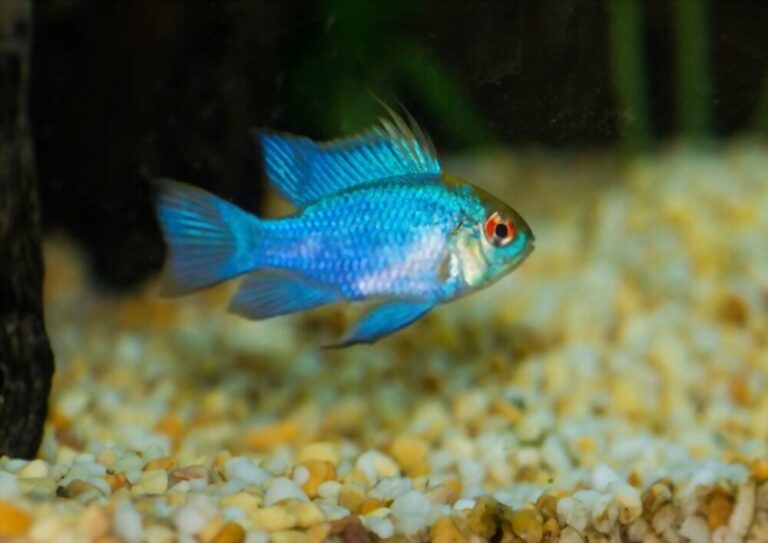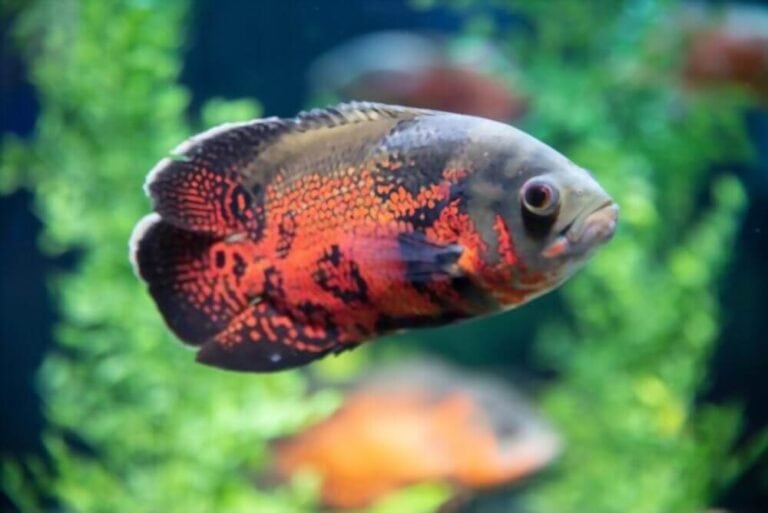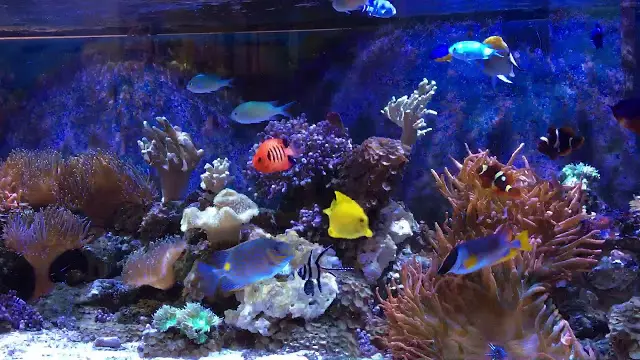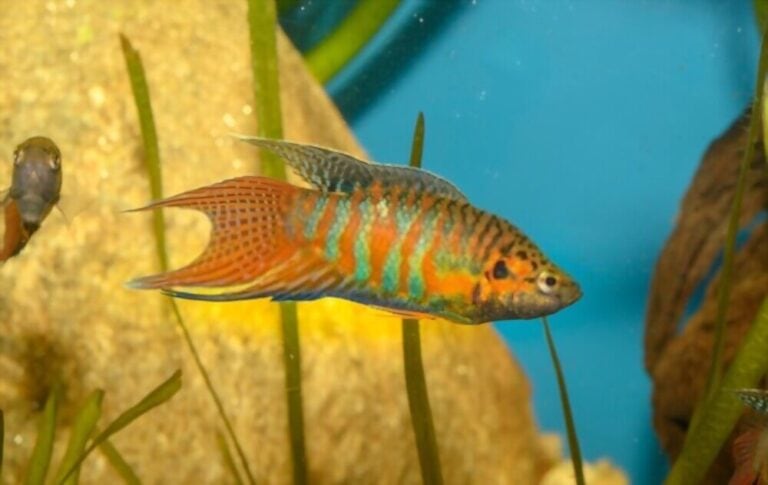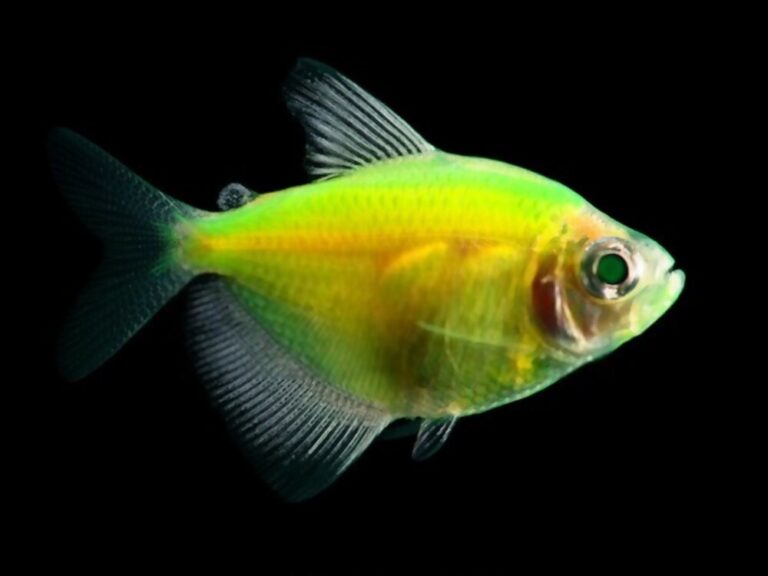Motoro Stingray Care: Size, Lifespan, Diet, Tank Size, & Tank Mates
Motoro stingray is a South American freshwater species that inhabit tropical and subtropical freshwaters almost worldwide.
Scientifically, it is known as Potamotrygon motoro and belongs to the family Potamotrygonidae, the family of many South American stingrays.
Other common names for motoro stingray are peacock-eye stingray or black river stingray. It is also found in the aquarium hobby and is very popular among stingray enthusiasts.
Well, that’s the debate for a taxonomist and has nothing to do with commoners like ourselves.
Motoro Stingray Size
They have an overall flattened or compressed circular body, which gives them a disc-like appearance, which is the characteristic of all stingrays.
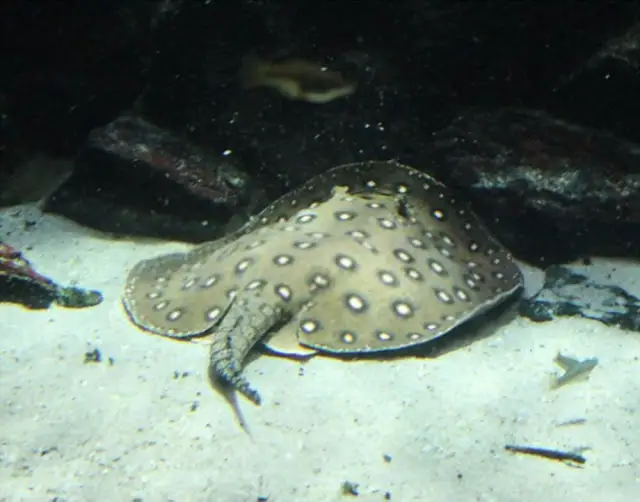
The disc is not precisely circular geometrically, but roughly we can call it a circle. They can gain disc-width of up to 1.6 feet and 3.3 feet of overall length, including the tail. Females are usually larger than males.
Appearance
General body features are the same as other members of Potamotrygon. They have superior eyes oriented to give them 360 degrees of vision, and just behind the eyes, they have inlets known as spiracles, which are specialized for respiration.
The mouth is inferior and faces the bottom. The tail has venomous barbs, which it uses to paralyze or kill its prey, and it can cause severe pain and discomfort in humans (if you get stung).
Motoro Stingray Lifespan
They are massive fish and can live in the home aquarium much more of the time than you can expect. If you acquire them, then be ready because they will be in your tank for about two decades. Yes, you heard it right.
If properly cared for in terms of water parameters, they can live as long as 20 years. Although they are hardy, their longevity depends on the long term water conditions. On average, they are known to live up to 15 years in captivity.
Motoro Stingray Care
Due to their massive sizes, peculiar and strict requirements, caring for them demands plenty of fishkeeping experience.
Teacup Stingray: Care, Size, Lifespan, Habitat, Feeding, Tank Size, Tank Mates, & More
Hence, they are heavy waste producers polluting the tank water with unwanted toxins like ammonia and nitrate too quickly.
They are also sensitive to the levels of ammonia and nitrates, which means the maintenance of their tremendous aquarium in terms of water conditions must be done keenly and carefully.
To achieve the best of the water parameters, a weekly water change of about half of all the water in the tank is mandatory.
The aquarium’s filtration system must also be efficient in biological, chemical, and mechanical filtration to keep the water quality high. Below are the optimal conditions for motoro stingray to thrive.
Temperature & Conditions
They do best in a temperature range between 24-27 ⁰C, and this temperature must be maintained using an aquarium heater and thermostat.
They love soft and slightly acidic waters. pH ranging from 6 to a little over 7 is a perfect fit for them
The alkalinity or carbonate hardness of the water should be maintained in a range of 18ppm to 70 ppm.
Motoro Stingray Diet & Food
The feeding preference of the motoro stingray fish in the home aquarium is dependent on what they would eat in the wild.
Talking of their feeding behavior, they are carnivorous fish that live on predation. The prey includes many varieties of small fishes, crustaceans, and many other invertebrates.
When the motoro stingrays are first brought to the aquarium, they may get some acclimation. While acclimating, they don’t eat, and you may have to wait for some time.
To start the things, you can give them frozen bloodworms and blackworms. Once they have started accepting the food, you must add larger feeds to their menu.
The best motor stingray fish food includes fresh and frozen cockles, mussels, whitebait, prawns, and other inverts. First, thaw frozen foods. Commercial flakes and pellets are not a staple food for this fish but occasionally add to various nutrients.
The juveniles are best kept on frozen as well as live worms, shrimps and artemia. The motor stingrays have a very active metabolism and therefore must be fed at eating twice a day.
Motoro Stingray Tank Size
As mentioned previously, these fish can grow up to a massive three and a half feet in length with more than a foot wide. It would be best if you had a whopping 200-gallon tank. Anything less than 200 won’t be enough to make a long-term commitment with these incredible fish.
As far as the tank setup goes, that is not as tricky. You need to set the tank in a way that leaves your motor stingrays with plenty of space to dwell along the bottom.
The decor and rocky formation must not block the swimming area of these bottom dwellers. The substrate should be of a thick layer of sand as these fish are naturally found along the muddy bottoms.
The filtration system is a vital component of the motoro stingray’s tank setup. As we already discussed that they are heavy waste producers for which efficient filtration is of prime importance.
They are also famous for jumping at feeding times, which can eventually be a strong jump. So, the tight-fitting lid is important for their tank as well.
Motoro Stingray Tank Mates
After all of the above discussion, it is quite clear that any fish of its compatible eating size would eventually become its prey.
After all, in the detailed discussion above, you can imagine the compatible eating size of motoro stingray fish. Fishes like arowanas, other rays, and bichirs make up somewhat suitable tank mates for motoro stingray fish.
Last Words
The Amazon River, its tributaries, and many small rivers in Peru, Bolivia, Brazil, Paraguay, Argentina, and Uruguay are the motoro stingray fish’s geographical hotspots.
It mainly inhabits the shallow and slow-moving parts of the water, and you can also find it in the forest ponds and small lakes where it moves with water in flooded season.

